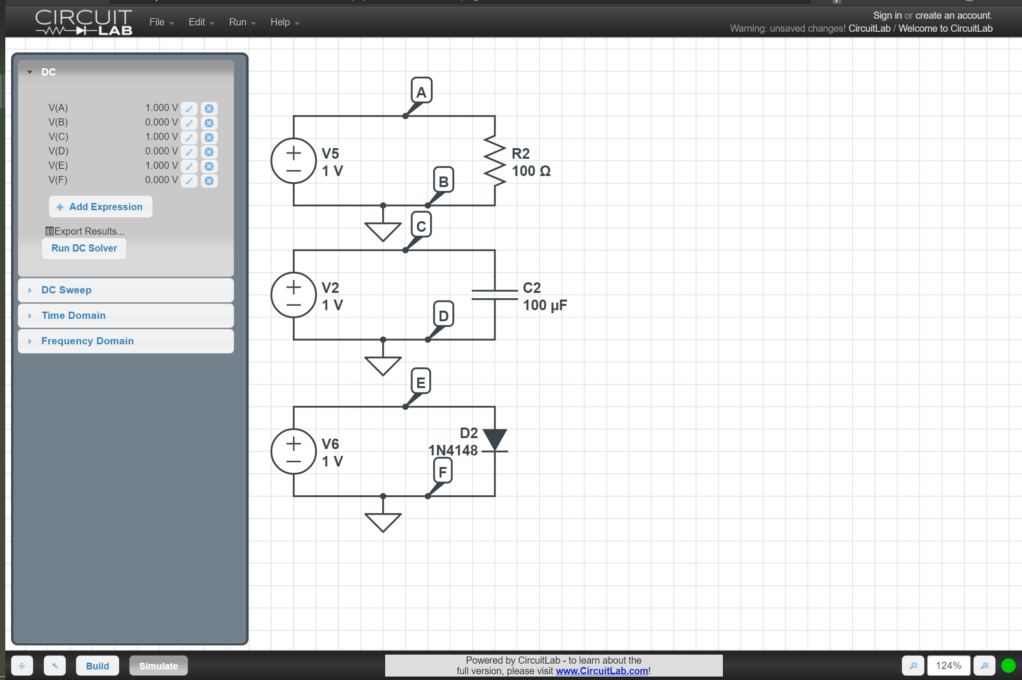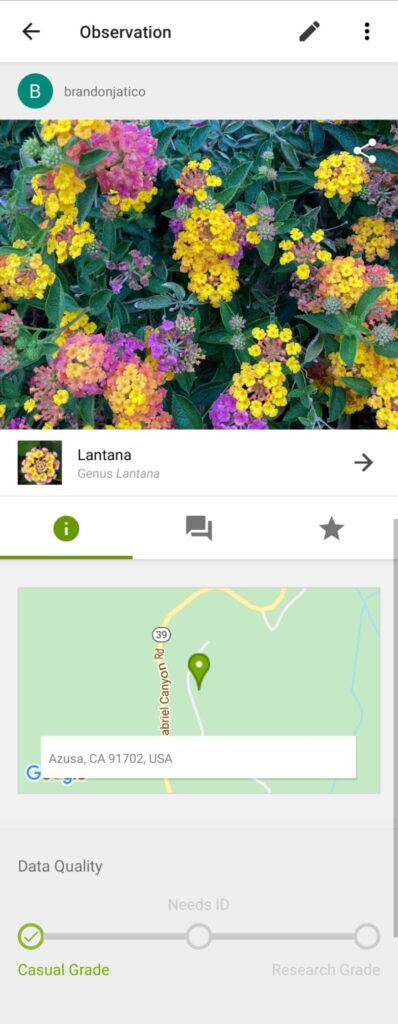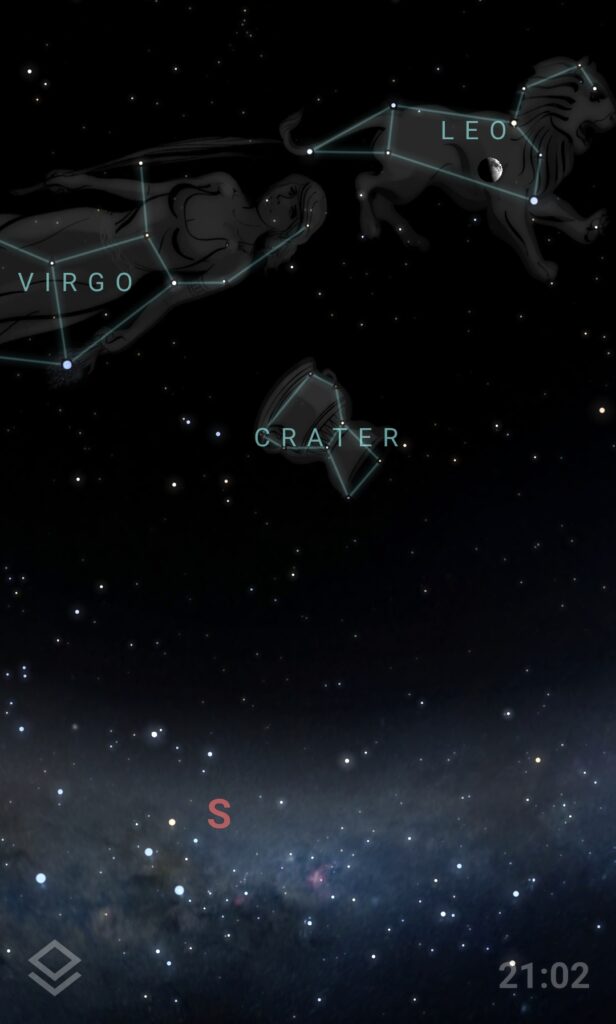The Citrus College science faculty encountered a pressing issue as campus closed: transitioning their lab sections to online education. Labs were designed to be a hands-on learning experience, but through hard work and dedication, they not only retained the same quality of education but also improved several aspects of the lab experience.
No doubt, certain elements of labs cannot be replicated in a digital format, but that does not necessarily mean the education and skills learned from these courses are lost.
Physics Labs
In a physics lab, students would find themselves crashing and racing toy cars, building microscopes and telescopes, creating and using circuits all to apply the knowledge they learn.
Without physically using these tools or equipment, many of these labs are impossible to complete. However, physics professor Laura Kinnaman used the digital transition to her advantage by implementing online interactive tools such as Pivot Interactive and CircuitLab to replicate the lab experience.

“They’re interactive videos where you see a ball moving and you’ve got a protractor you can put on the screen, and a ruler, and a stopwatch,” Kinnaman said. “You can collect data from the video directly using interactive tools and then analyze that data just like we would if it were an in-person experiment.”
The digital tools allowed Kinnaman to make the observations and data as close as one could get to being in-person without physically being there. While the education and skills learned are close, there is still something crucial to the lab experience missing in online education, group work.
Kinnaman found a way around this as well.
In many labs, students are often paired with a partner or a group. In a digital environment, group work encounters even more issues.
“They’re not meant to be done individually on your own, but we didn’t have good systems for people working together,” Kinnaman said.
In an online environment, the idea of working alone seems like the default choice as it can be quite difficult to coordinate and work with others outside the classroom. In choosing this route though, students would lose an important learning experience prominent in lab work and cause further isolation.
Rather than remove the group work altogether, Kinnaman addressed the issues that arise from group work before the projects were assigned.
“I did a survey at the beginning of the semester where I ask, ‘What kind of person are you? Do you like to work ahead, or do you like to work to the deadline, or do you not care?’” Kinnaman said.
Using the answers from the students, Kinnaman strategically paired students together with promising results.
“I haven’t had anybody contacting me this time to say ‘My lab mates never help,’” Kinnaman said.
She successfully saved the collaborative experience and even fixed a longstanding issue familiar to many students.
Aside from pairing students together by their work strategies, she also found success in telling the students they are in groups with rotating roles.
“‘This week you’re the lab writer,’” Kinnaman explained to her students. “‘You’re the one in charge of going through the lab and writing it up, and then you post it to the discussion board. The other people in the group are the lab editors, and they are going to find mistakes and help fix it and then you have a collaborative thing that gets uploaded.’ So far it seems to have improved generally the way students are working together.”
Kinnaman altered her classroom environment, but for other types of labs such as the life sciences, the transition was even more difficult.
Biology Labs
A fundamental idea of biology professor Peter Cross’ Evolution, Ecology and Biodiversity course is to have students connect and become more aware of their home environment.
Before the lockdown, Cross took his students outside the classroom to tide pools, aquariums and arboretums, giving students a direct opportunity to see firsthand and apply skills they were learning in the classroom and lab.
Unfortunately, continuing to do these trips was no longer possible. The locations closed and it simply was not safe, but the experience is not all lost.
Cross kept the experience of connecting with nature through what he called a BioBlitz. Students use an app called iNaturalist, which identifies plants and animals through the pictures taken and gives information on them.

“You’re going to make a certain number of observations and use iNaturalists AI to identify that it’s gotta be flora or fungi and take other variables, you know, parameters, like what facing aspect are you at: North Southwest, Northeast? What elevation are you at?” Cross said.
By making the observations, gathering data and exploring the natural world, the experience that students obtain from BioBlitz is similar to the trips taken before campus closed. More importantly, Cross gave the students the opportunity to apply their education obtained in the classroom and learn the new skills necessary for a science student.
In planning this BioBlitz, Cross addressed concerns from students who could not leave their homes with an alternative to back up the iNaturalist observations.
“You can look at your classmate’s observations, use online material to confirm or not confirm whether their idea’s correct,” Cross said. “And then at least get two identifications on an observation to make it, you know, kind of like a research-grade.”
For students not majoring in any of the sciences, the general education-focused courses such as Professor David Kary’s astronomy course took a different approach.
Astronomy Labs
“The real goal in a gen-ed lab like ours is that — not so much that you learn a specific set of skills as you learn what it means to do a science lab,” Kary said.
Kary and his wife, who also teaches astronomy at Chaffey College, developed a new approach to digital labs by giving students multiple labs to choose from each week.
“For any given week, we wanted to make sure you could approach this lab either as a simulation, or maybe a data analysis lab that you use something like Excel where you have to manipulate the numbers, or maybe it’s something you could do more hands-on,” Kary said.
Students could access labs and perform them on their computer, phone or tablet. Students with access to technology could use phone apps like Stellarium to find constellations and observe the night sky above them. For students who have limited or no access to technology, Kary still found a way for students to learn with “night-sky observing labs,” and printing out and making tools such as a spectroscope, which used to measure properties of light, from home.

Kary said this was done to address equity issues that surfaced during the initial switch to online schooling, as not all students have the same access to technology.
“Our students were not prepared to do labs online,” Kary said. “We decided that what we needed to do was have labs that gave students a lot of options.”
Kary’s decision in giving students options allowed students to choose what interested them, and so far it has been working. Students concerned with taking labs online have no need to worry.
“Looking at what my students are turning in, they’re turning in some real good work,” Kary said.


